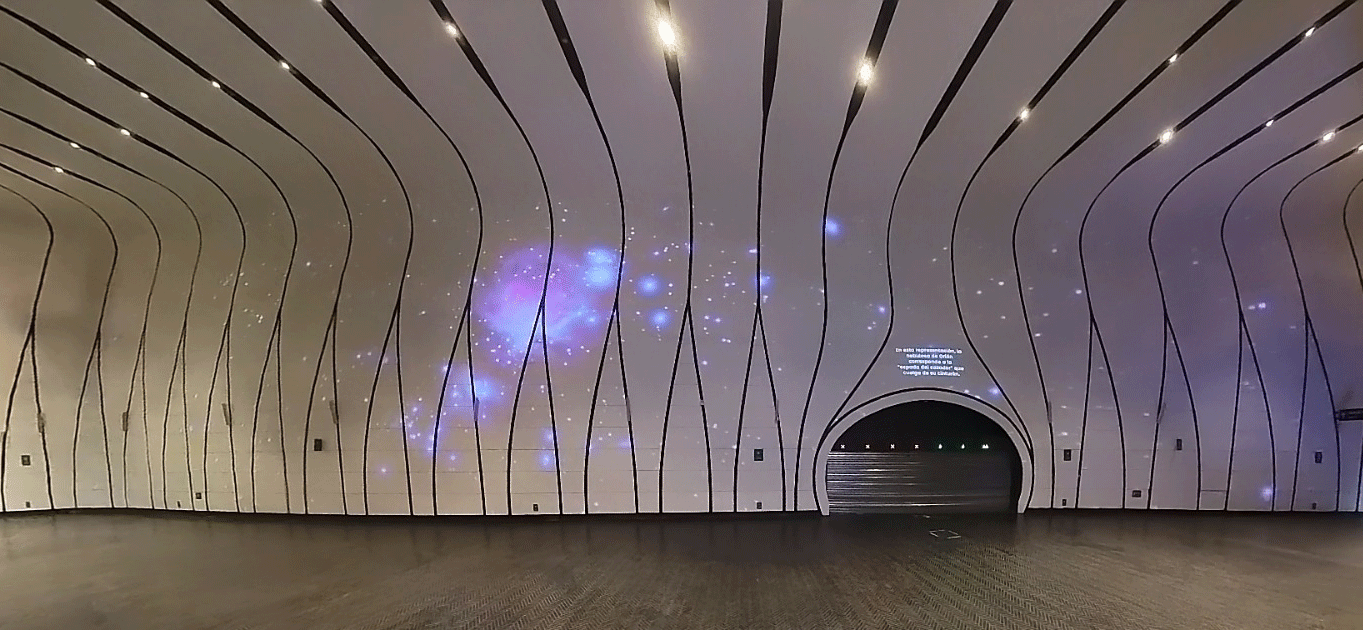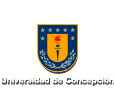[:en]A new version of the “Stellar Pulsation Meeting” will be celebrated in Chile for the first time from November 28th to December 2nd, 2016. Dr. Wolfgang Gieren, Full Professor of Universidad de Concepción, is the Chairman of the international scientific organizer committee, supported by Co-Chairman Dr. Márcio Catelan, Full Professor of Universidad Católica, both members of CATA and the Millennium Institute of Astrophysics MAS.
The location chosen to gather the world’s most distinguished specialist in this area will be San Pedro de Atacama, Antofagasta. This scenario offers an ideal background to present the latest advances in pulsating stars and also it is close to astronomical observation megaprojects, such as ALMA –participants of this conference will be able to visit it–. This is the 22th meeting of this series of conferences, which started in 1971 in Los Alamos, USA, and which had its last version three years ago in Wroclaw, Poland. This is the first time that this conference will take place in South America.
“For a long time, my colleagues around the world wanted to come to one of these meeting in Chile. Finally, during the 20th meeting in Granada, Spain in 2011, Márcio and I offered to hold the 22th meeting in Chile. We chose San Pedro de Atacama because lots of people wanted to travel to Chile to go to ALMA Observatory. Because we want to present this opportunity to the participants, we have organized two tours to Cerro Chajnantor during that week,” Dr. Gieren emphasizes.
The main focus of this international conference is “Wide-Field Variability Survey: A 21st-Century Perspective,” name that opens a door to many and varied topics about pulsating stars, objects highly useful in astronomy. This conference will gather about 130 scientists from all five continents, many of them leaders in their field, who will reveal the state-of-the-art advances in all fields related to this area, such as distance scale, asteroseismology, synergies with projects aimed to find exoplanets and supernovae, among others. Also, many postgraduate students and young postdoc scientists will attend to this conference too, most of them will travel with grants thanks to sponsors –like CATA and MAS.
Among the invited speakers, we can mention Andrew Drake from Caltech, USA, who will present his talk “Synergies between transient surveys and variable star research;” Laurent Eyer, from Geneva Observatory, Switzerland, with “Pulsating star research and the Gaia revolution;” Tim Bedding from University of Sydney, Australia, with “Asteroseismology: The Kepler revolution;” and Lucas Macri from Texas A&M University, USA, who will talk about “Pulsating stars and the extragalactic distance scale: The state of the art.”
“Gaia is a satellite from the European Space Agency (ESA) that has been in orbit for a couple of years now. Its data is expected to revolutionize the Milky Way’s research field. For its part, NASA´s Kepler is another space mission that has already found more than 2,000 exoplanets and whose extremely high quality data have helped to study the inside of pulsating stars, through a technique called ‘asteroseismology,’ with a precision never seen before.” Dr. Gieren explains.
Precisely one of the main goals behind this international meeting is to learn about the first data releases by space missions like Gaia, its collaboration with other projects (space and non-space projects) and to reflect on the challenges that come after this great amount of data available nowadays.
For more information about this conference go to its website www.pulsation2016.contactochilecom.cl.
 [:es]Una nueva versión del “Stellar Pulsation Meeting” se celebrará en Chile por primera vez, a partir del 28 de noviembre y hasta el 2 de diciembre de 2016. El Dr. Wolfgang Gieren, profesor titular de la Universidad de Concepción, es el Presidente del Comité Científico Organizador Internacional, secundado por el Co-presidente Dr. Márcio Catelan, profesor titular de la Pontificia Universidad Católica, ambos pertenecientes a CATA y al Instituto Milenio de Astrofísica, MAS.
[:es]Una nueva versión del “Stellar Pulsation Meeting” se celebrará en Chile por primera vez, a partir del 28 de noviembre y hasta el 2 de diciembre de 2016. El Dr. Wolfgang Gieren, profesor titular de la Universidad de Concepción, es el Presidente del Comité Científico Organizador Internacional, secundado por el Co-presidente Dr. Márcio Catelan, profesor titular de la Pontificia Universidad Católica, ambos pertenecientes a CATA y al Instituto Milenio de Astrofísica, MAS.
El sitio elegido para reunir a los más connotados especialistas a nivel global en esta temática será la ciudad de San Pedro de Atacama, en la región de Antofagasta, que ofrece un marco ideal para conocer los últimos avances en materia de las estrellas pulsantes. Se trata de un sitio cercano a megaproyectos de observación astronómica, como ALMA – que será visitado por los asistentes a la conferencia. Será el encuentro número 22 de esta serie de conferencias, que tuvo su origen el año 1971, en Los Alamos, EE.UU., y que tuvo su última edición hace 3 años, en Polonia, en la ciudad de Wroclaw. Será la primera vez que este congreso tomará lugar en Sudamérica.
“Hace mucho tiempo mis colegas en el mundo querían que se celebrara una de estas reuniones en Chile. Finalmente, en la reunión No. 20 de la serie que se celebró en Granada, España, en 2011, ofrecimos con Márcio hacer la reunión No. 22 en Chile. Decidimos realizarla en San Pedro de Atacama porque mucha gente quería aprovechar el viaje a Chile para conocer el Observatorio ALMA. Hemos organizado dos tours al Cerro Chajnantor durante uno de los días de la conferencia, para dar esta oportunidad a la gente”, destaca el Dr. Gieren.
El tema central de esta conferencia internacional se denomina “Wide-Field Variability Surveys: A 21st-Century Perspective”, nombre que abre la puerta a una gran cantidad y variedad de contenidos dentro del tema de las estrellas pulsantes, que son objetos sumamente útiles para la astrofísica. El congreso reunirá unos 130 científicos de los cinco continentes, muchos de ellos líderes de sus respectivos campos de estudio, que ofrecerán una oportunidad de conocer el estado del arte en todos los sub-campos de esta área, como la escala de distancias, asterosismología, sinergias con proyectos de búsqueda de planetas extrasolares y supernovas, entre otros. La conferencia será también atendida por un importante número de alumnos de postgrado y jóvenes científicos post-doctorados, que en su mayoría se beneficiarán con una beca, aportada por los auspiciadores del congreso – en primera fila, por CATA y MAS.
Entre los astrónomos que presentarán conferencias invitadas en San Pedro de Atacama destacan nombres como Andrew Drake, (Caltech, EE.UU.), que presentará su conferencia llamada “Synergies between transient surveys and variable star research”; Laurent Eyer, (Observatorio de Ginebra, Suiza), con “Pulsating star research and the Gaia revolution”; Tim Bedding (University of Sydney, Australia), con “Asteroseismology: The Kepler revolution”; y Lucas Macri (Texas A&M University, EE.UU.), quien hablará sobre “Pulsating stars and the extragalactic distance scale: The state of the art”.
“Gaia es un satélite de la Agencia Espacial Europea (ESA) que está en órbita desde hace poco más de dos años, y cuyos datos van a revolucionar el campo de la investigación de nuestra Vía Láctea. Kepler es otra misión espacial, esta vez de la NASA, que ha encontrado ya más de 2000 planetas extrasolares, y cuyos datos son de tan alta calidad que han servido para investigar los interiores de las estrellas pulsantes, a través de una técnica llamada ‘asterosismología’, con una precisión nunca vista antes” precisa el Dr. Gieren.
Justamente uno de los objetivos que persigue esta reunión internacional es conocer los primeros resultados arrojados por misiones espaciales como Gaia, su sinergia con otros proyectos (espaciales o no), y reflexionar acerca de los desafíos que implica la gran cantidad de datos disponibles en la actualidad.
Mayor información sobre la conferencia está disponible en su página web, en www.pulsation2016.contactochilecom.cl.












